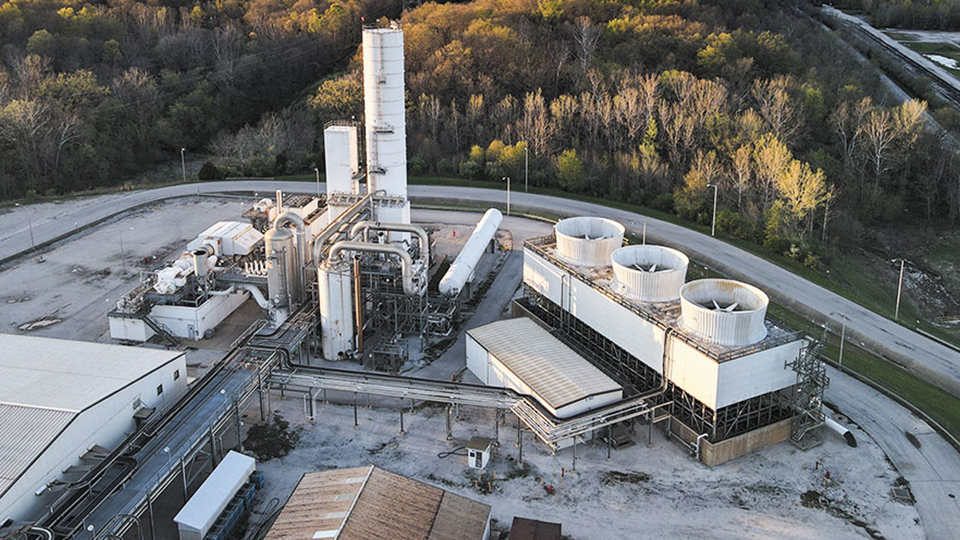West Terre Haute plant nearing key federal approval
Subscriber Benefit
As a subscriber you can listen to articles at work, in the car, or while you work out. Subscribe Now
Wabash Valley Resources LLC is moving closer to clearing a key hurdle toward creating what could be one of the largest carbon sequestration projects in the country.
The U.S. Environmental Protection Agency this month announced its intent to issue two Class 6 permits for the underground injection and storage of carbon dioxide generated from a planned ammonia fertilizer plant in West Terre Haute.
If fully approved, WVR would inject the CO2 at two injection wells in Vigo and Vermillion counties. The company said the CO2 would be permanently stored in subsurface rock formations at depths of nearly one mile.
The EPA said under the plan, 1.67 million metric tons of CO2 could be injected into the wells each year over a 12-year period.
“The EPA’s issuance of the two draft Class VI permits for carbon storage validates our investment to date and our more than five years of research and testing to verify the geology of the injection well sites as suitable for permanent carbon sequestration,” Greg Zoeller, vice president of external affairs for Wabash Valley Resources said in a news release.
WVR will be responsible, the EPA said, for monitoring the wells for a total of 22 years to ensure they are working properly, the CO2 doesn’t move from its injected location, and drinking water sources are protected.
The EPA is seeking public comment on the issuance of the permits with a public meeting and hearing on Aug. 10 at Federal Hall on the campus of Indiana State University. Details on how to submit comment can be found on the EPA’s website.
The ammonia fertilizer production at the former Duke Energy coal plant is expected to come online in 2026, our partners at the IBJ reported last month. The plant is being retrofitted to produce the fertilizer and separate the resulting CO2 for sequestration.
The project has an overall cost of nearly $1 billion. When complete, WVR said the facility will produce 500,000 metric tons of anhydrous ammonia annually.
You can read more about the project from the IBJ’s Peter Blanchard by clicking here.
